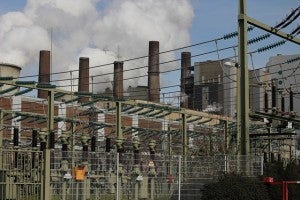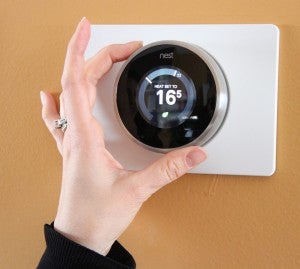 The list of things FirstEnergy isn’t good at continues to grow. First it was transparency. Then accuracy. Now it’s time to add consistency to the list.
The list of things FirstEnergy isn’t good at continues to grow. First it was transparency. Then accuracy. Now it’s time to add consistency to the list.
You’ll recall that Ohio-based utility FirstEnergy is asking the Public Utility Commission of Ohio (PUCO) to grant it a $3-billion bailout in order to keep operating uneconomic power plants. Years earlier, FirstEnergy spoke out in favor of deregulation – and the competition it enabled – and against government support. But the bailout request represents a complete reversal for the utility giant.
De-regulate, no, re-regulate
Back in 2007, FirstEnergy’s CEO regaled about the wonders of deregulation and competition. In testimony before the Ohio legislature, he declared,
Competition drives innovation, a desire to succeed, efforts to improve productivity, and lower prices. This basic reality applies to today’s electricity markets – and it should remain a driving force for our business and industry in the years ahead.”
Maybe he didn’t mean the eight years between his testimony and the company’s current efforts to restrict competition. Read More




